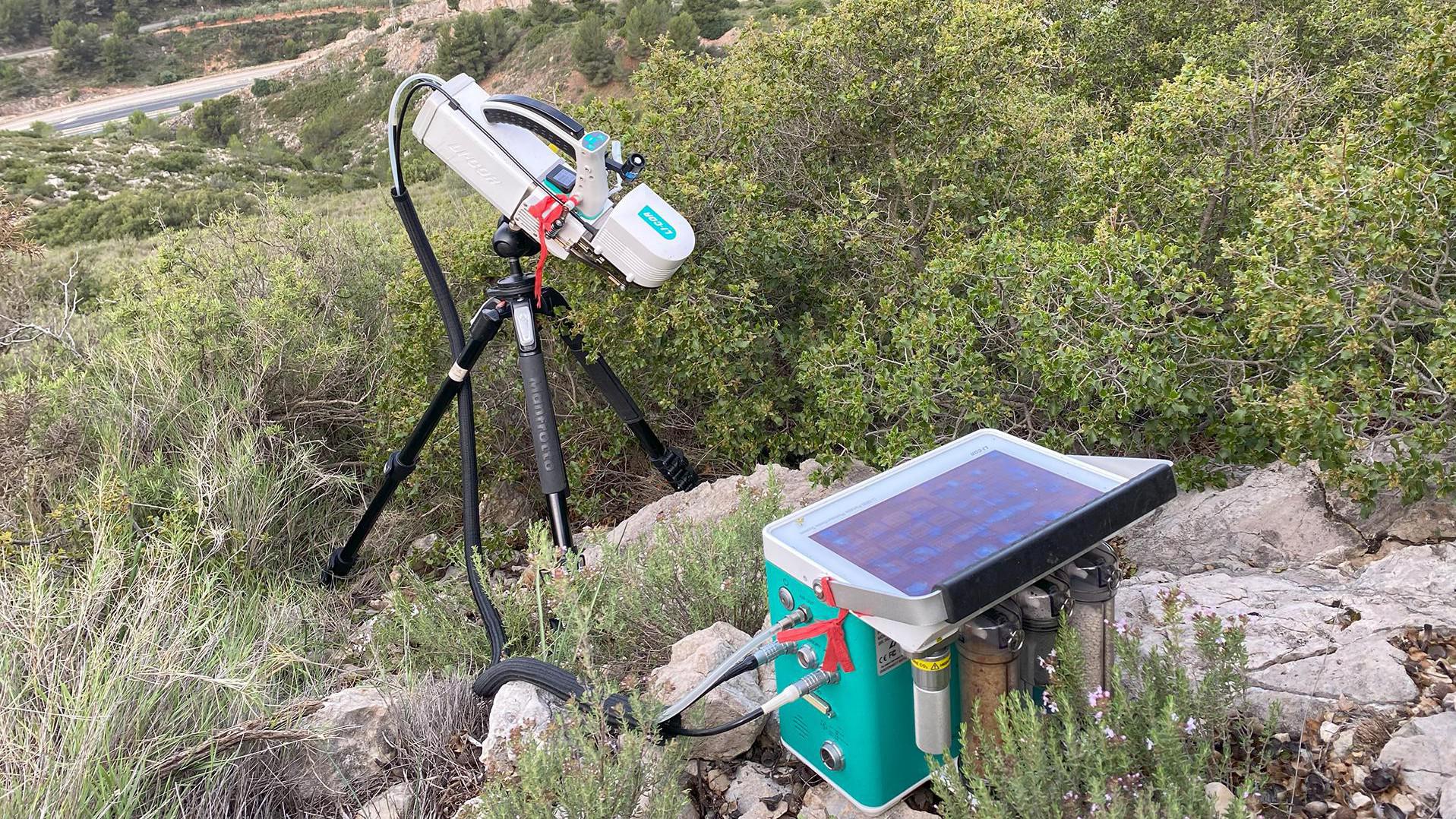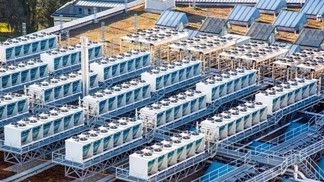New research shows how trees cope with extreme heat
Extreme heatwaves are on the rise. When do they become critical for forest trees? In the hot summer of 2023, a research team led by EPFL and the Swiss Federal Institute for Forest, Snow and Landscape Research (WSL) investigated this in Switzerland, southern France and Spain.
Forests can overheat in extreme temperatures – and reach temperatures that could be fatal. Alice Gauthey and a team from the Swiss Federal Institute for Forest, Snow and Landscape Research (WSL) and EPFL had an opportunity to investigate this phenomenon in France in the summer of 2023: in Holm oak forest plots, the thermometer climbed to almost 50 degrees Celsius, the highest temperatures ever measured there. They wanted to follow how the canopy temperature varies during the day and over the summer. Their findings were published recently in Global Change Biology.
The team used drones with infrared thermal imaging cameras mounted on them. These flew over forests in Switzerland, France, and Spain on hot days and recorded the temperature of the uppermost leaf layer. The researchers also measured photosynthesis and water loss in the leaves on branches in the treetops. Because the sessile oaks (Quercus petraea) in the Basel Jura are a good 30 meters high, the researchers used a crane to reach the top of canopies. In France, scaffolding were used to measure the holm oaks (Quercus ilex). In Spain, no aids were needed: the Kermes oaks (Quercus coccifera) only grow to a natural height of around 1.5 meters or less.
Leaves reach 50 degrees
The results show that the oaks can withstand astonishing temperatures. “The leaves at the top of the canopy reached temperatures of up to 50 degrees Celsius in August, which is pretty incredible,” says study leader Charlotte Grossiord, a forest ecologist at WSL and EPFL. This was at an air temperature of “only” around 40 to 42 degrees.
We saw that the critical temperatures only start at almost 50 degrees Celsius
How did the oaks survive the sweltering heat? What saved the oaks was probably their extreme heat tolerance. The researchers assessed this by exposing leaves to rising temperatures in a water bath. Meanwhile, they measured how the heat destroyed photosynthetic activity in the cells. “We saw that the critical temperatures only start at almost 50 degrees Celsius,” says Grossiord. The oaks in France and Spain can withstand leaf temperatures of up to 51 and 53 degrees Celsius, respectively, while the sessile oaks in Switzerland can even withstand 59 degrees Celsius.

The fact that they rarely reached this level is probably due to another process: The leaves always lost a little water, the measurements show. Trees indeed close the pores on the underside of their leaves at some point during hot weather, through which they absorb and release gases. But a little water evaporates passively through the leaf surface. Both processes, the active and the passive, play a role, says Grossiord. They cooled the leaves just enough. Only the most exposed leaves at the top of the canopy turned brown and dry.
The heat tolerance of those oaks is much higher than that of some conifers previously assessed in Switzerland, says Grossiord. However, their canopy structure with thin needles and sparse branches prevents such high temperatures inside the needles, as previous experiments by the team in the Pfynwald forest in Valais have shown.







